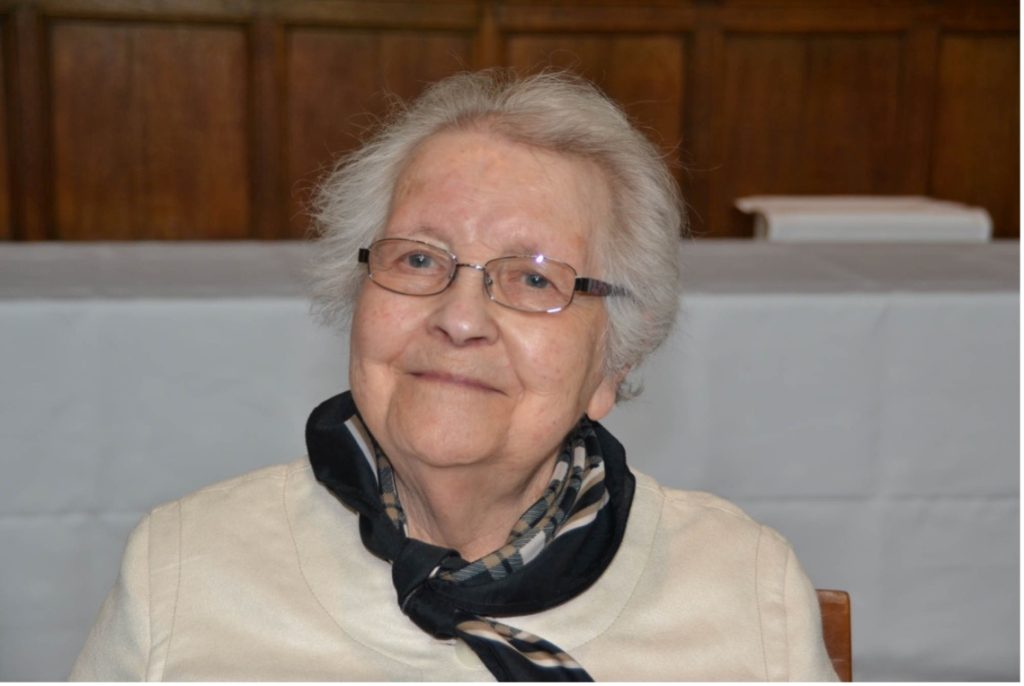David Caminer – 1915 – 2008 joined Lyons before World War II as a Management Trainee, his career was interrupted by National Service, losing a leg in the battlefields of North Africa, before returning to Lyons and being appointed head of the Systems Research Office ,followed by taking a prominent and leading role in the establishment of LEO. Described by John Aris as the inventor of Systems Analysis, his methodological approach was a key factor in the success of LEO. His ambition, following his retirement was to ensure that the story of LEO would take its proper place in the history of computing. He helped fulfil that ambition by his writing and the establishment of the LEO Foundation. See also a biographical sketch on page201 of Peter Bird’s LEO: the World’s First Business Computer, and his personal profile is listed in the Oxforf Dictionary of National Biography (ODNB) written by Georgina Ferry and published online in 2009.
| Obituaries and Tributes Oxford Dictionary of National Biography – ODNB ,(Georgina Ferry) Financial Times (Alan Cane) | Switched .com (Will Safer) |
| The Independent (Martin Campbell-Kelly) | Booksellers Association (Martyn Daniels) |
| The Daily Telegraph | IT History Society |
| The Times | Scotts news.blogspot.com |
| The Guardian (Frank Land) | BBC Radio 4 ‘Last Word’ |
| The Jewish Chronicle | Computing (Iain Thomson) |
| The Richmond and Twickenham Times | Twinings Tea |
| The Liverpool Daily Post | Centaurs Rugby Club |
| The New York Times (Douglas Martin) | Electronicsinfoline.com |
| The Atlanta Journal Constitution | Computeach |
| The Chronicle Herald, Halifax, Nova Scotia | Computing- Letters to the Editor (R.Sarson) |
| The Day, Connecticut | Wikipedia |
| The LEO Society website (Frank Land) | The Test Bed- Personal Computer World |
| Vnunet.com (Iain Thomson, San Francisco) | Fujitsu – ICL pensioners (Frank Land) |
| Star Tribune, Minneapolis-St Paul | Chicago Tribune |
| Ameblo, Japan | The Eponymous Pickle (Franz Dill ) |
| Guardian Blogs | Funeral piece (Hilary Caminer) |
| Gadsden Times |
http://www.telegraph.co.uk/news/obituaries/2188963/David-Caminer.html
http://en.wikipedia.org/wiki/David_Caminer
http://www.nytimes.com/2008/06/29/technology/29caminer.html
http://boingboing.net/2008/06/29/computer-pioneer-and.html
